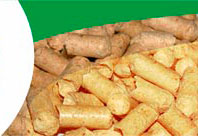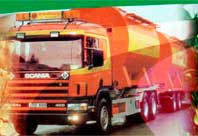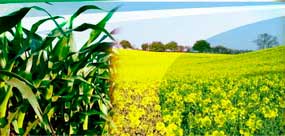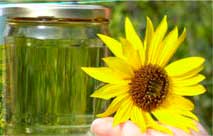The sustainable biomass criteria in the Netherlands
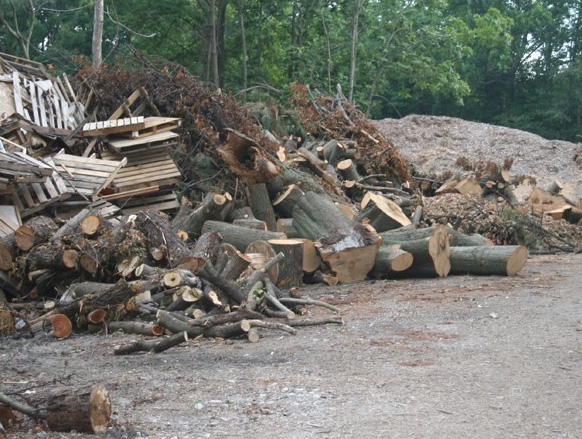
In 2009, market parties, the Dutch government and NGO’s concluded have made a voluntary agreement giving the definition of ‘sustainably produced’ biomass“ notion. The notion criteria are based on the sustainability criteria defined in 2007 by the Cramer commission. The Dutch normalization institute NEN has developed a NTA 8080 standard (in Dutch)4 which became the criteria for sustainably produced biomass certification. This NTA standard is planned to be used for granting SDE subsidies from 2010 onwards. Though industry experts doubt on how this sustainability criteria will influence wood pellets import and production in Netherlands as wood pellets large scale co-firing is currently dismissed from SDE financing support system.
Wood and mixed biomass pellets legal base
Only one large scale power station (“Amer centrale”), owned by the Utility Essent used wood and mixed biomass pellets (in lesser volumes) in 2008. Other coal-power plants co-fire agricultural residues, such as wheat husks and palm kernel shells as well, but they does not produce them in pelletized form. Generally speaking, these plants have to follow the general local, national and international laws related to emission thresholds for coal-power plants. The so-called Bees-A, setting emission thresholds for (amongst others) power plants with a thermal installed capacity greater than 20 MW for emissions of SOx, NOx, fine dust particles etc is a national law, regulating emission thresholds. As for power plants example, the emission threshold for plants with a capacity of more than 300 MW, commissioned after 1992, makes 200 mg/m3 for SOx and NOx and 50 mg/m3 for dust. The said law is also applicable for non-wooden biomass, which is clearly not related to this law. Except the food –processing industries and the pulp & paper industries residues insertion to this law, biomass is defined as ‘plant material derived from agricultural or forestry activities’. In case if wood pellets and mixed biomass pellets are applied both in large scale stand-alone plants and co-fired in waste incineration plants, other relevant Dutch laws: the Netherlands Emission Guidelines for Air and the law on the combustion of waste, which defines the emission thresholds for contaminated metals (e.g. with heavy metals or halogens), are applied.
Plus local municipalities may in special cases (e.g. when the plant is located close to residential areas) settle more strict emission levels for specific emission types (e.g. dioxins, mercury). But taking into account typically low level of these emissions in mixed agricultural biomass, experts see no relations of the specified facts towards the discussed facts.

